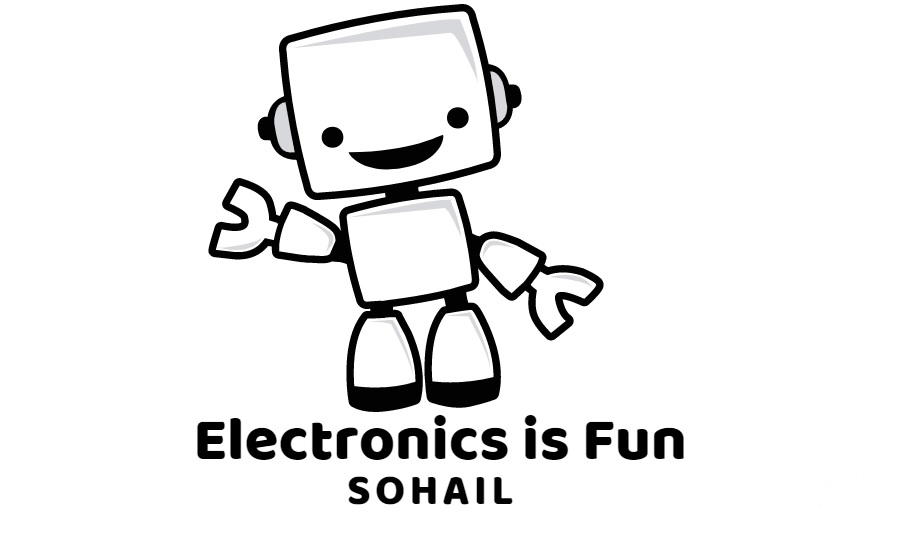If you're interested in the world of microcontrollers, then you've probably heard of the Arduino. The Arduino is a popular microcontroller platform that is easy to use and highly customizable. The concept of building electronic systems from interchangeable, pre-manufactured components offers many advantages, including faster prototyping, easier maintenance, and greater flexibility in design. One of the most well-known and widely used modular electronic systems is the Arduino platform, which provides a user-friendly way to create interactive electronic projects.

Arduino UNO R4. Image used courtesy of Arduino
Arduino UNO R4
A member of the UNO family, the UNO R4 maintains the same form factor, shield compatibility, and 5 V operating voltage as its predecessor. Software compatibility is also a priority, with most existing libraries and examples working interoperably on the new board. Beyond this, the R4 represents a marked improvement in performance over the R3 and other UNO predecessors.
From a computing perspective, the UNO R4 is powered by the Renesas RA4M1 32-bit microcontroller based on an Arm Cortex-M4 core. Unlike the UNO R3, which was built on the AVR-based ATmega328P, UNO R4 is now built on an Arm core, resulting in a 3x in performance—including an increase in processing power, memory, and functionality. Additionally, from R3 to R4, Arduino has upgraded SRAM from 2 kB to 32 kB and Flash memory from 32 kB to 256 kB to support more complex projects.
Other improvements include a USB-C port instead of a USB port, and the maximum power supply voltage has been raised to 24 V with an enhanced thermal design. The board additionally includes a Controller Area Network (CAN) bus and a Serial Peripheral Interface (SPI) port.
From a connectivity perspective, the board will be released in two versions, the UNO R4 Wi-Fi and UNO R4 Minima, with the former offering Wi-Fi and Bluetooth Low Energy connectivity through an Espressif S3 Wi-Fi module. The latter provides a cost-effective option for those seeking the new microcontroller without additional features.
Renesas RA4M1
In addition to its LCD controller and touch sensing capabilities, the RA4M1 MCU also includes a 14-bit A/D converter, USB 2.0 Full Speed, CAN 2.0B, SCI (UART, Simple SPI, Simple I2C), and SPI/I2C multi-master interface.
One of the key advantages of the RA4M1 MCU is its low power consumption, making it suitable for battery-powered devices. It also offers high performance and flexibility, with the ability to support various software packages and middleware, making it easy to customize and optimize for specific applications.
Overall, the Renesas RA4M1 group of microcontrollers offers a powerful and flexible solution for HMI designs that require a large number of capacitive touch channels and a segment LCD controller. It also offers low power consumption and a wide range of features and scalability options.
Hardware Compatibility
Launching
Arduino UNO R4 is scheduled for release in late May.








0 Comments